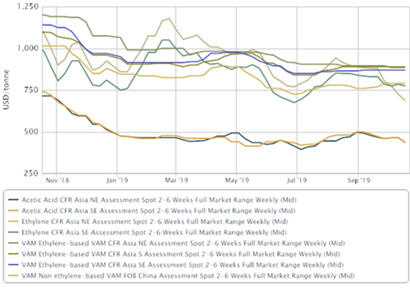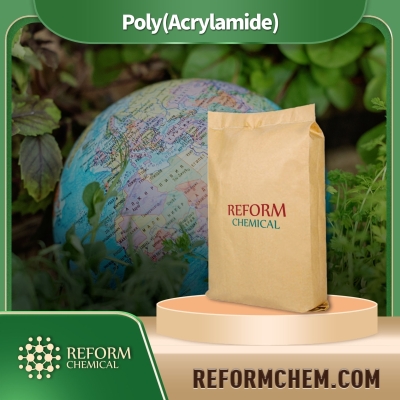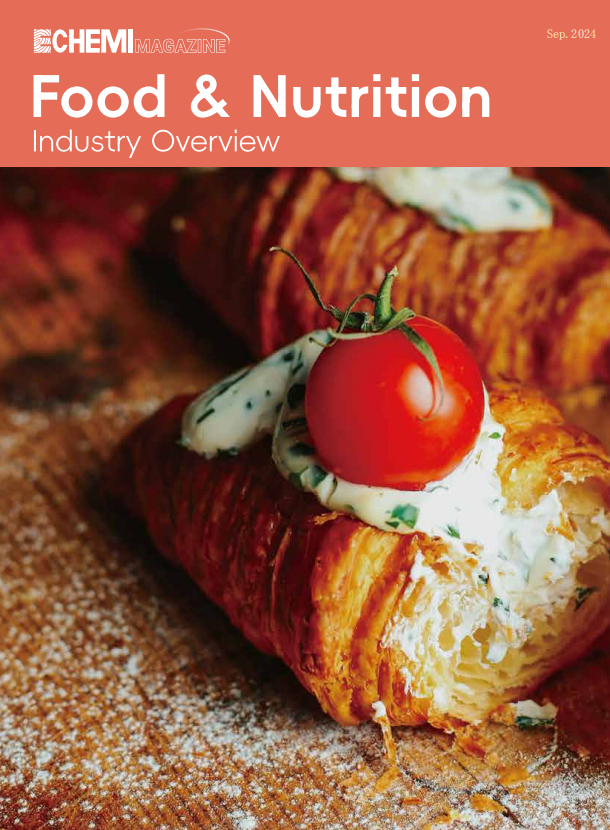Netherlands Sees Lowest Rate of Foodborne Disease Infections! 2023 Report Shows 22% Decrease, But Salmonella Cases Rise!
On September 19, 2024, the Dutch Food and Consumer Product Safety Authority (NVWA) officially released its Annual Report on Foodborne Diseases 2023. Based on the data presented in this report, we can see an encouraging trend: For the first time since 2016, the number of food-borne infections reported in the Netherlands was lower than the previous year.
Specifically, the number of food-borne infections reported in the Netherlands in 2022 was 1,173, and by 2023, that number had dropped to 911. Similarly, the number of cases decreased from 4,505 in 2022 to 3,500 in 2023. Despite this, Salmonella, norovirus and Campylobacter remain the most common causes of foodborne illness outbreaks.
In 2023, there were 14 outbreaks due to salmonella infections, a slight increase compared to previous years, with five to 13 outbreaks between 2018 and 2022. There were seven outbreaks caused by norovirus infections, similar to the pattern from 2020 to 2022, when there were three to six outbreaks in those years. Outbreaks caused by campylobacter fell to seven, compared with five to 13 between 2018 and 2022. In addition, the report mentions outbreaks caused by Shiga toxin-producing E. coli and rotavirus.
In the investigation into the cause of the salmonella outbreak, two main sources have been identified: eggs and dried sausages. According to the Dutch Food and Consumer Product Safety Authority (NVWA), pathogens can enter the food chain through a variety of routes, and the main causes of food contamination include unsanitary conditions, excessive storage temperatures, contaminated equipment, cross-contamination, and inadequate heating. With the development of the globalized food industry, the sources of raw materials and food products have become more diverse, while the consumption of "exotic" products is increasing, and these factors can have an impact on the outbreak of foodborne diseases.
Looking for chemical products? Let suppliers reach out to you!
-
Food & Nutrition Industry Overview
The magazine has been officially published in September 2024 and has been issued at Fi Asia Indonesia 2024. It can be downloaded online permanently. It not only provides comprehensive information on the Southeast Asian food market, but also provides overseas readers with the opportunity to understand and track the market dynamics and trends of Chinese food ingredients and get to know outstanding Chinese companies. We sincerely invite you to make full use of the influence of the journal to promotPublished in: Sep. 2024
Trade Alert
Delivering the latest product trends and industry news straight to your inbox.
(We'll never share your email address with a third-party.)
Related News
-
Food additives are always 'notorious'? Legal and standardized use is the top priority
-
New opportunities for sugar reduction? African arrowroot extract will become a edible flavor
-
Investigation and handling of 229 illegal food production and operation cases
-
2022 the 10th Shanghai international biological fermentation products and technology equipment exhibition in December 2022 | 1-3, Shanghai new international expo center
-
Supply and demand two-way power generation sugar market is still a great 'article' to do
-
Product diversification will explode the sugar substitute market
-
Excessive Pesticide Residue Found in Vietnamese Dragon Fruit Exports: International Alert
-
Urgent Recall of Master Kong Instant Noodles by Italian Ministry of Health
-
FDA Proposes Ban on Brominated Vegetable Oil Due to Health Risks
-
Compliance Courier: Norway publishes key contaminants that should be monitored in food and food contact materials.
Recommend Reading
-

Decline of Avian Flu in 13 European Countries, New Virus Affecting 12 U.S. States with 14 Human Infections
-

Four new varieties of food additives including red yeast rice
-

BASF Launches Its First Soybean Cyst Nematode-Resistant Biotech Trait Nemasphere™ In The Us, Set For Commercial Release In 2028
-

Mercosur's 2024 Major Transformation: New Regulations on Food Additives
-

The Japanese Ministry Of Agriculture, Forestry And Fisheries Has Approved Two Genetically Modified Crops - Canola And Corn - For Use In Animal Feed And Planting
-

Novartis siRNA Therapy Receives EU Marketing Approval
-

Asia VAM supply to grow in Nov; falling feedstock weighs on market
-

What's The Difference Between Aloe Vera Gel and Powder ?
-

Gilead Sciences Allocates $200 Million to Settle HIV Drug Investigation
-

China domestic ECH slips as demand stalls, despite supply constraints











